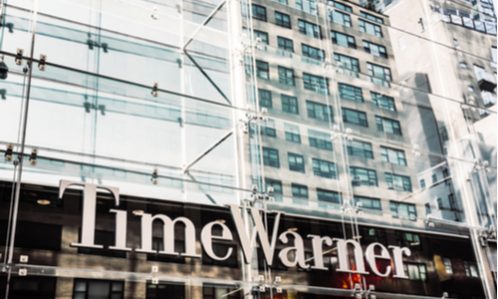By Dennis W. Carlton (University of Chicago), Georgi V. Giozov, Mark A. Israel & Allan Shampine (Compass Lexecon)
The importance of merger retrospectives as a way to assess competition policy is well-recognized. Yet there have been few retrospectives – none that we are aware of for any recent merger – that examine the accuracy of the predictions made by economic models used in the antitrust investigation of the merger, despite the substantial lessons that can be learned from such studies. Moreover, there have been no such retrospectives of litigated cases that the government lost, likely because of the paucity of such cases.
In this article, we seek to fill these gaps by performing a retrospective of an important recent litigated merger in which the government lost and by focusing our attention on the accuracy of the predictions made by the economic model used by the government’s expert in the case. We focus on the 2018 AT&T / Time Warner merger, which was challenged by the U.S. Department of Justice (DOJ), litigated, and permitted to proceed by the court. To the extent data permit, we also discuss evidence related to the Comcast / NBCU merger, which involved the same theory of harm and was allowed to proceed with a remedy similar to the contractual commitment that AT&T / Time Warner unilaterally adopted to address the antitrust concerns.
The AT&T / Time Warner case is of particular interest for several reasons. First, it was the first vertical merger case litigated to conclusion by the DOJ in the last forty years, and, because it was litigated, the record contains specific detailed predictions that we can evaluate. Second, it used a vertical theory of raising rivals’ costs in a Nash bargaining framework. Such theories are becoming increasingly popular in antitrust debates. We evaluate the reasonableness of such theories together with the validity of the empirical predictions based on an economic model implementing such a theory.

